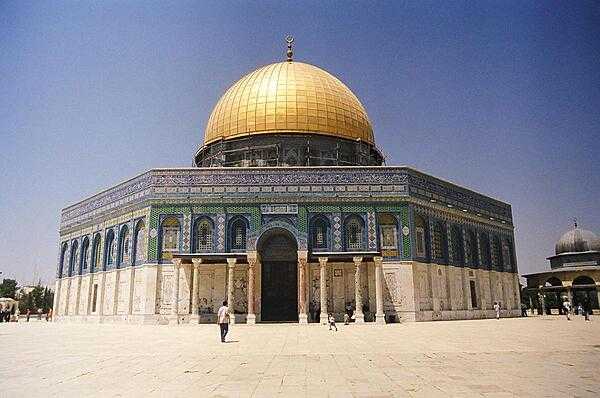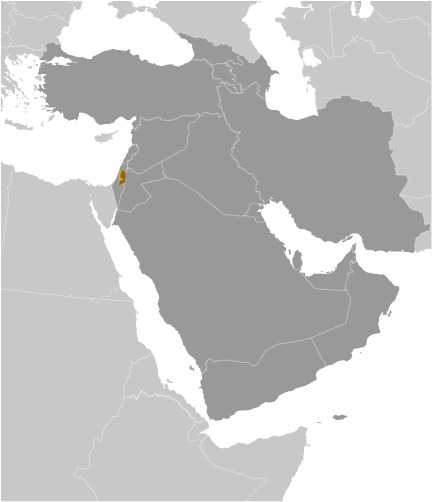Introduction
Visit the Definitions and Notes page to view a description of each topic.
Geography
People and Society
Population
comparison rankings: total 135; male 136; female 136
Languages
Median age
comparison ranking: total 189
Population growth rate
comparison ranking: 37
Birth rate
comparison ranking: 32
Death rate
comparison ranking: 223
Net migration rate
comparison ranking: 191
Maternal mortality ratio
comparison ranking: 132
Infant mortality rate
comparison ranking: total 93
Life expectancy at birth
comparison ranking: total population 108
Total fertility rate
comparison ranking: 34
Children under the age of 5 years underweight
comparison ranking: 93
Education expenditure
comparison ranking: Education expenditure (% GDP) 46
Environment
Carbon dioxide emissions
comparison ranking: total emissions 143
Economy
Real GDP (purchasing power parity)
comparison ranking: 154
Real GDP growth rate
comparison ranking: 216
Real GDP per capita
comparison ranking: 185
Inflation rate (consumer prices)
comparison ranking: 204
GDP - composition, by sector of origin
comparison rankings: agriculture 105; industry 152; services 101
Industrial production growth rate
comparison ranking: 194
Labor force
comparison ranking: 137
Unemployment rate
comparison ranking: 186
Youth unemployment rate (ages 15-24)
comparison ranking: total 13
Gini Index coefficient - distribution of family income
comparison ranking: 62
Taxes and other revenues
comparison ranking: 39
Current account balance
comparison ranking: 157
Reserves of foreign exchange and gold
comparison ranking: 138
Energy
Electricity
comparison rankings: installed generating capacity 157; consumption 118; imports 37; transmission/distribution losses 97
Energy consumption per capita
comparison ranking: 140
Communications
Telephones - fixed lines
comparison ranking: total subscriptions 100
Telephones - mobile cellular
comparison ranking: total subscriptions 133
Broadband - fixed subscriptions
comparison ranking: total 104



